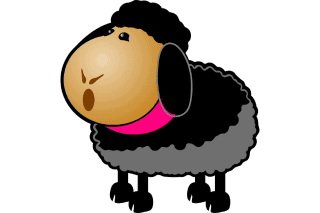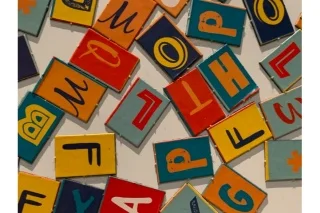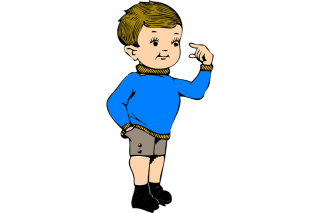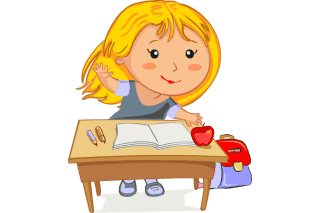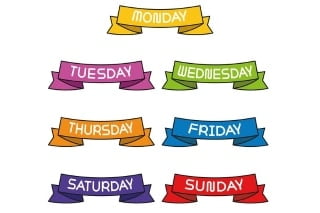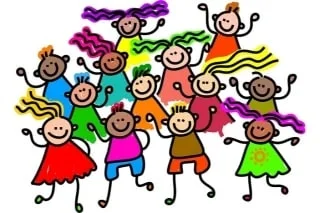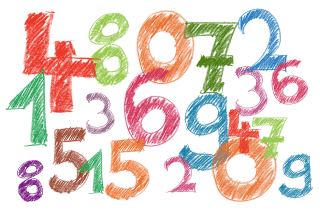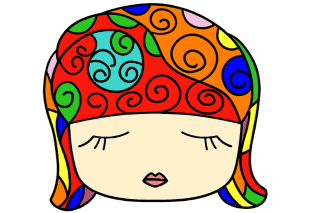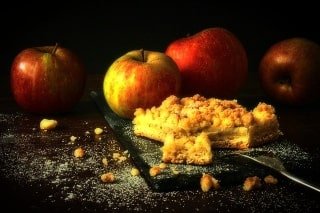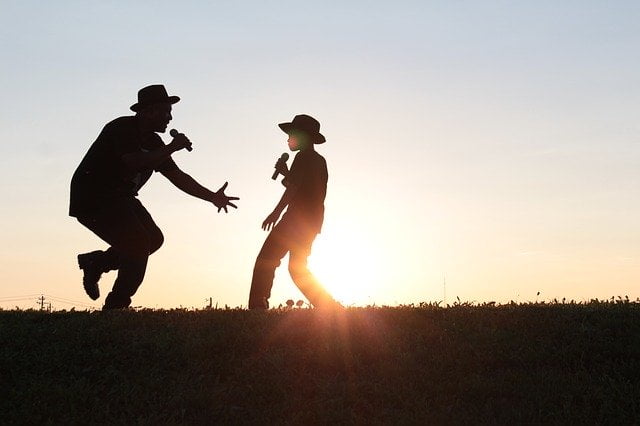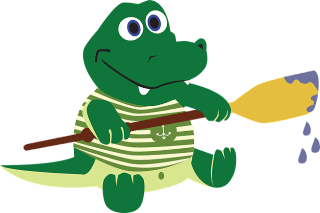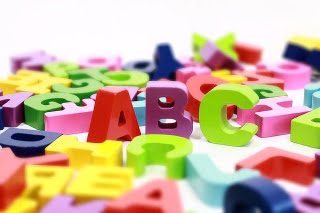
Counting Rhymes
Here is the best collection of some very popular modern and traditional counting rhymes for teaching counting and patterns to the toddlers and young children’s. Counting rhymes are an excellent tool for children’s learning and development. They help children learn about numbers, counting, and basic math concepts in a fun and interactive way.
These rhymes have significant importance in the early childhood education of a child, especially at the primary level. They play a crucial role in the overall growth and development of children’s cognitive, emotional, and social skills.
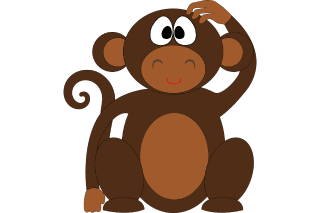
Five Little Monkeys
It is a popular nursery rhyme and finger play in which each verse being represented by an action. It is usually accompanied by a sequence of gestures that mimic the words of the song. Each successive verse sequentially counts down from the starting number. Children simply love it!
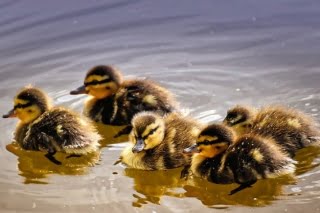
Five Little Ducks
Learning and saying this rhyme together can help your child learn skills which will support their development and growth in many areas. It is a fun way to introduce counting and patterns.

Hickory Dickory Dock
The rhyme is thought to have been based on the astronomical clock at Exeter Cathedral. The clock has a small hole in the door below the face for the resident cat to hunt mice. This is an elementary tool to help teaching children the time.
These rhymes on counting help children to develop basic numeracy skills, such as recognizing numbers, counting, and understanding basic math concepts. By learning these rhymes, children develop a better understanding of numbers, their sequence, and how to count objects. These skills are essential for a child’s academic success, as they form the foundation for later math learning.

Alice the Camel
"Alice the Camel" or "Sally the Camel" is a traditional nursery rhyme that teaches kids to number count down. Many parents and grandparents can remember this lovely rhyme from their own childhood time.
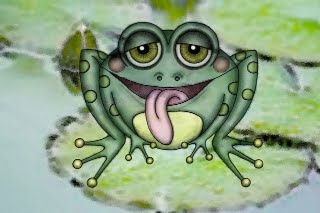
Five little speckled frogs
It is a great numbers song for introducing subtraction as the five little frogs jump into the water one by one. It is a very entertaining song for the kids and it is sometimes used in conjunction with swimming lessons.
Another important role of rhymes on counting is in promoting social and emotional development. As children recite the rhymes, they learn to share and take turns, enhancing their social skills. Additionally, the rhymes help to develop a sense of accomplishment and confidence in children as they successfully count and recite the numbers.
The rhymes can be used to teach children about different cultural and historical practices. For instance, many counting rhymes have cultural roots and can be used to introduce children to different cultural practices and traditions. This exposure can help children develop a sense of cultural awareness and acceptance.
Frequently asked questions (FAQ's) based on 'Counting Rhymes'
Answer : Counting rhymes are whose where numbers are included in the lines, in the rhythmic lines of these poems, counting is taught in a very interesting way, which the children listen with great interest and then learn the counting by rhymes.
Answer : Counting rhymes help children develop numeracy skills by introducing them to numbers, counting, and basic math concepts in a fun and interactive way. The repetition of the rhymes also helps children learn and remember the numbers, their sequence, and how to count objects. rhythmic lines of these poems, counting is taught in a very interesting way, which the children listen with great interest and then learn the counting by rhymes.
Answer : A number poem which uses numbers and also tries to explain how the numbers are important in our lives, explained the importance of numbers in number poems in a rhythmic way, reflecting the numbers in daily activities.
Answer : Counting rhymes can be used to promote language development in children by improving their vocabulary, pronunciation, and comprehension. The repetitive nature of the rhymes helps children learn new words and sounds, while the physical movements involved in reciting the rhymes enhance their speech and language development.
Answer : Parents can incorporate these rhymes into their child’s daily routine by reciting them during everyday activities, such as mealtime, bath time, or playtime. They can also use them to help their child learn to count objects, such as toys, books, or food items.
Answer : Teachers can make these rhymes more engaging for children by using props, such as puppets or stuffed animals, to act out the rhymes. They can also incorporate movement, such as dancing or marching, into the recitation of the rhymes, making them more interactive and fun for children. Additionally, teachers can create their own counting rhymes, tailored to the interests and abilities of their students.
Related links
Categories
Other popular rhymes
Other related keywords and search's
- number rhymes
- counting poem
- counting rhymes bbc
- ginti poem in english
- 1234 english rhymes
- 1 se 10 tak song
- english numbers till 1 to 20
- 1 2 3 rhymes in english
- english numbers 1 to 10 song
- number songs for preschool
- counting rhymes for toddlers
- counting rhymes and songs
- children's counting rhymes
- number counting rhymes
- skip counting rhymes
- backward counting rhymes
- counting nursery rhymes
- counting out rhymes
- counting nursery rhymes uk
- counting out rhymes uk
- counting number rhymes
- nursery rhymes lyrics
- number songs for preschool
- number song lyrics for preschoolers
- counting nursery rhymes lyrics
- number rhymes for preschoolers
- number rhymes for kids
- number songs for preschool
- number rhyme poem
- number nursery rhymes lyrics
- nursery rhymes numbers song with lyrics and action
- number formation rhymes
- number rhymes for writing numbers
- 1 से 100 तक गिनती इंग्लिश में
- 1 से 100 तक गिनती इंग्लिश में pdf
- counting rhymes in english lyrics
- counting rhymes in english for kids
- nursery counting rhymes in english
- best counting rhymes in english
- number counting rhymes in english
- skip counting rhymes in english

